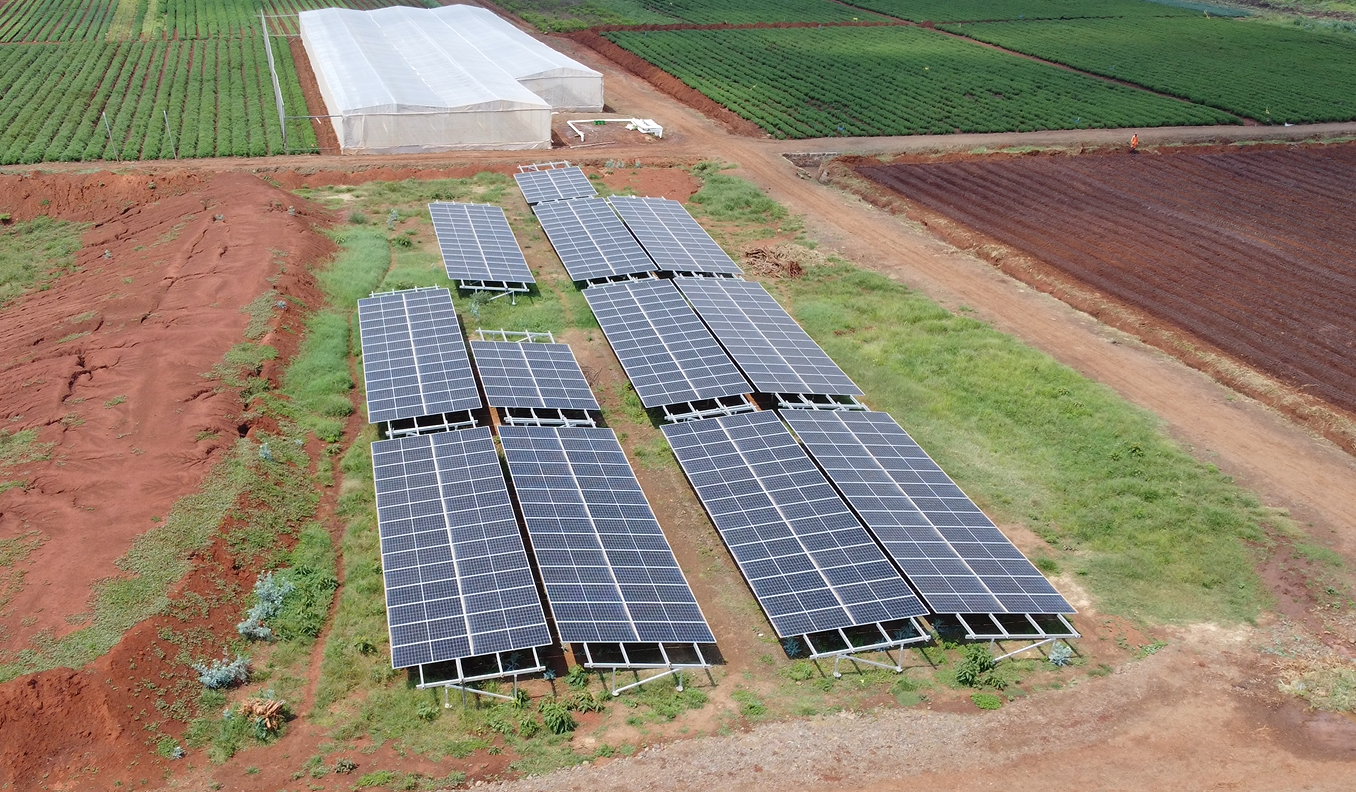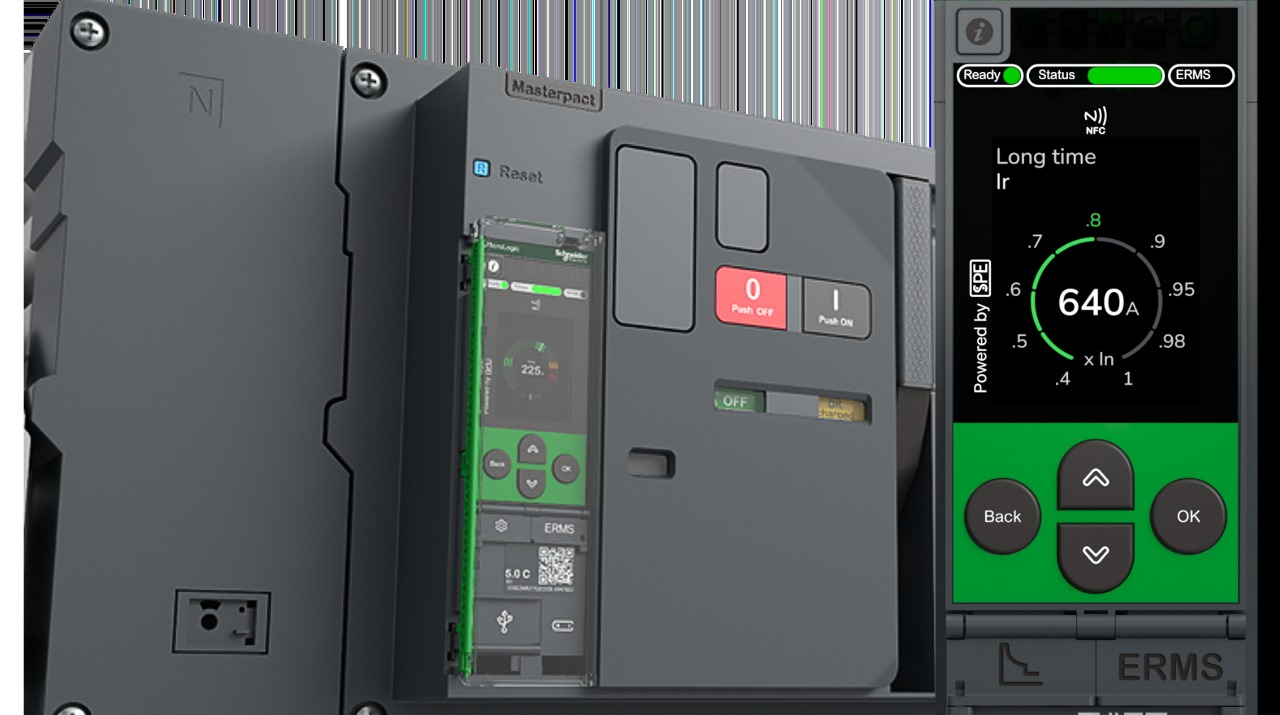South Africa’s energy transition is increasingly being powered by the sun. Across the country, vast solar farms are springing up, each capable of generating hundreds of megawatts of electricity and feeding clean power into the national grid.
These large-scale projects, such as the 120 MW Klerksdorp (Doornhoek) solar farm in the North West Province, are not just construction milestones, they represent a blueprint for how South Africa can address chronic load shedding, reduce dependence on coal, and attract billions in private investment for its energy future.
The Rise of Utility-Scale Solar
South Africa’s Renewable Energy Independent Power Producer Procurement Programme (REIPPPP) has been the engine driving solar growth. Launched in 2011, the program created a competitive bidding system where private developers build, own, and operate renewable projects, selling power to Eskom through long-term Power Purchase Agreements (PPAs).
This model has unlocked billions in financing and attracted both international and local players. Projects in the 75–150 MW range, like the Klerksdorp farm, show that solar power at scale is no longer a pilot or experiment, it’s a core part of South Africa’s energy mix.
Also read: Can Mozambique’s $6 Billion Mega-Dam Really Solve Southern Africa’s Power Crisis or Is It Just PR?
The significance of mega-solar farms extends beyond their panels and megawatts:
- Closing the supply gap: South Africa suffers from regular load shedding due to insufficient generation. Every new solar farm adds daytime capacity, reducing the severity of blackouts.
- Decarbonization: With coal still generating over 80% of South Africa’s electricity, utility-scale solar helps the country meet its climate commitments and reduce carbon intensity.
- Economic growth: These projects create jobs during construction, provide contracts for local suppliers, and deliver long-term social investment in surrounding communities.
- Investor confidence: Successful project delivery signals to global financiers that South Africa remains a viable destination for renewable energy investment, even amid economic and political uncertainty.
The Case of Klerksdorp (Doornhoek) Solar Farm
The Doornhoek solar project near Klerksdorp illustrates the scale and ambition of South Africa’s solar drive. Once complete, it will generate more than 325 GWh of electricity annually, enough to power nearly 100,000 households. That’s the equivalent of taking tens of thousands of cars off the road in terms of emissions avoided.
The project also highlights how financing models work: international independent power producers (IPPs) partner with South African entities to meet localization targets, while commercial banks and development finance institutions provide debt and equity. This structure ensures that while global expertise is leveraged, local businesses and communities also benefit.
While large-scale solar farms bring clear benefits, they also expose critical challenges:
- Grid bottlenecks: South Africa’s transmission network was designed around coal plants. Integrating renewable projects in remote sunny areas requires major grid upgrades.
- Storage needs: Solar generation peaks during the day, but demand spikes in the evening. Pairing solar with Battery Energy Storage Systems (BESS) is crucial for long-term reliability.
- Policy certainty: Investors require clear, transparent procurement timelines. Delays in auction rounds or uncertainty around Eskom’s finances can stall momentum.
Lessons for Africa
South Africa’s experience with utility-scale solar holds valuable lessons for other African countries:
- Procurement frameworks matter: Clear government policies and guaranteed PPAs attract global investors.
- Local partnerships are key: Mandating local ownership ensures communities share in benefits.
- Scale reduces costs: Mega-solar farms can generate power at some of the lowest tariffs in Africa, making them competitive with fossil fuels.
Countries like Kenya, Egypt, and Morocco are already replicating aspects of this model, but South Africa’s scale gives it a unique leadership role.
South Africa plans to add over 6 GW of renewable capacity by 2030, with solar PV playing the leading role. If grid investments keep pace, mega-projects like Klerksdorp will become the new normal rather than the exception.
In the long term, these farms could integrate with regional power pools, allowing excess solar generation to be exported across Southern Africa. Paired with battery storage and green hydrogen production, today’s solar farms could form the foundation of a truly decarbonized economy.
Also read: Togo’s Path to Universal Energy Access Through Solar Power
Frequently Asked Questions (FAQs)
1. How much electricity can a 120 MW solar farm generate?
A solar farm of this size can produce around 325 gigawatt-hours (GWh) per year, depending on location and sunlight hours. That’s enough to power nearly 100,000 average South African households annually.
2. Why is South Africa investing in large solar farms?
South Africa faces chronic electricity shortages due to its aging coal fleet and underinvestment in new capacity. Large solar farms provide a clean, cost-effective, and quick-to-build solution that reduces load shedding and cuts carbon emissions.
3. What is REIPPPP and why is it important?
The Renewable Energy Independent Power Producer Procurement Programme (REIPPPP) is South Africa’s framework that allows private companies to build renewable energy projects and sell power to Eskom under long-term contracts. It has unlocked billions in private investment and created thousands of jobs.
4. What challenges do solar farms face in South Africa?
The main challenges are grid bottlenecks, which make it difficult to transmit power from rural solar sites to cities, and the lack of battery storage to balance evening demand. Policy uncertainty and delays in procurement rounds can also slow progress.
5. How do solar farms benefit local communities?
Beyond supplying electricity, solar farms create jobs during construction, support local suppliers, and often provide community development funds for schools, clinics, and infrastructure. Many projects also require a share of local ownership.
6. Can South Africa run entirely on solar power?
Not yet. Solar power is intermittent, meaning it only produces electricity when the sun is shining. To rely heavily on solar, South Africa will need to invest in battery energy storage systems (BESS), grid upgrades, and complementary renewables like wind and hydropower.
7. What makes South Africa a good location for solar power?
South Africa has some of the highest solar irradiation levels in the world, especially in the Northern Cape, North West, and Free State provinces. This natural advantage allows solar farms to produce electricity at highly competitive costs.



